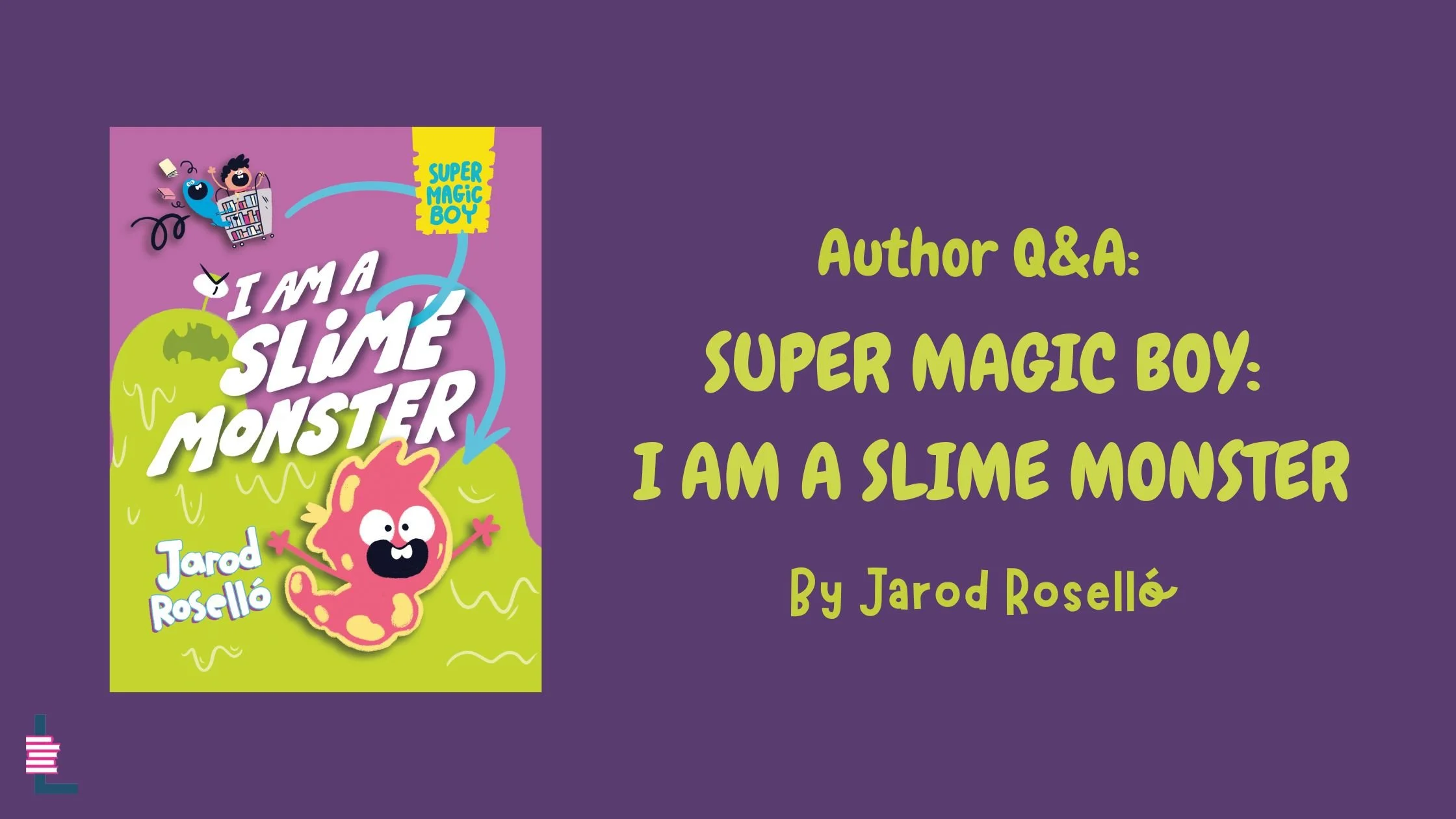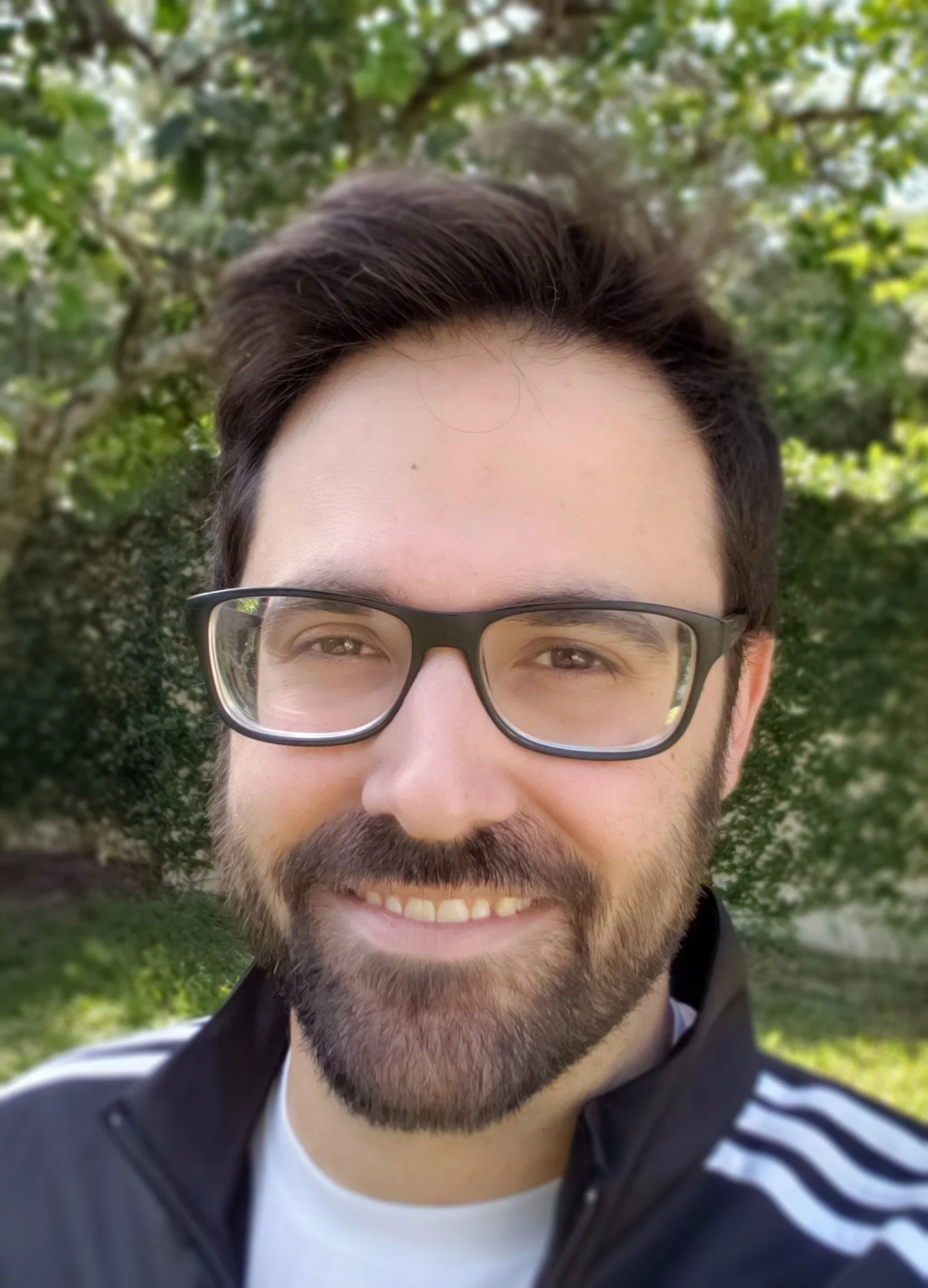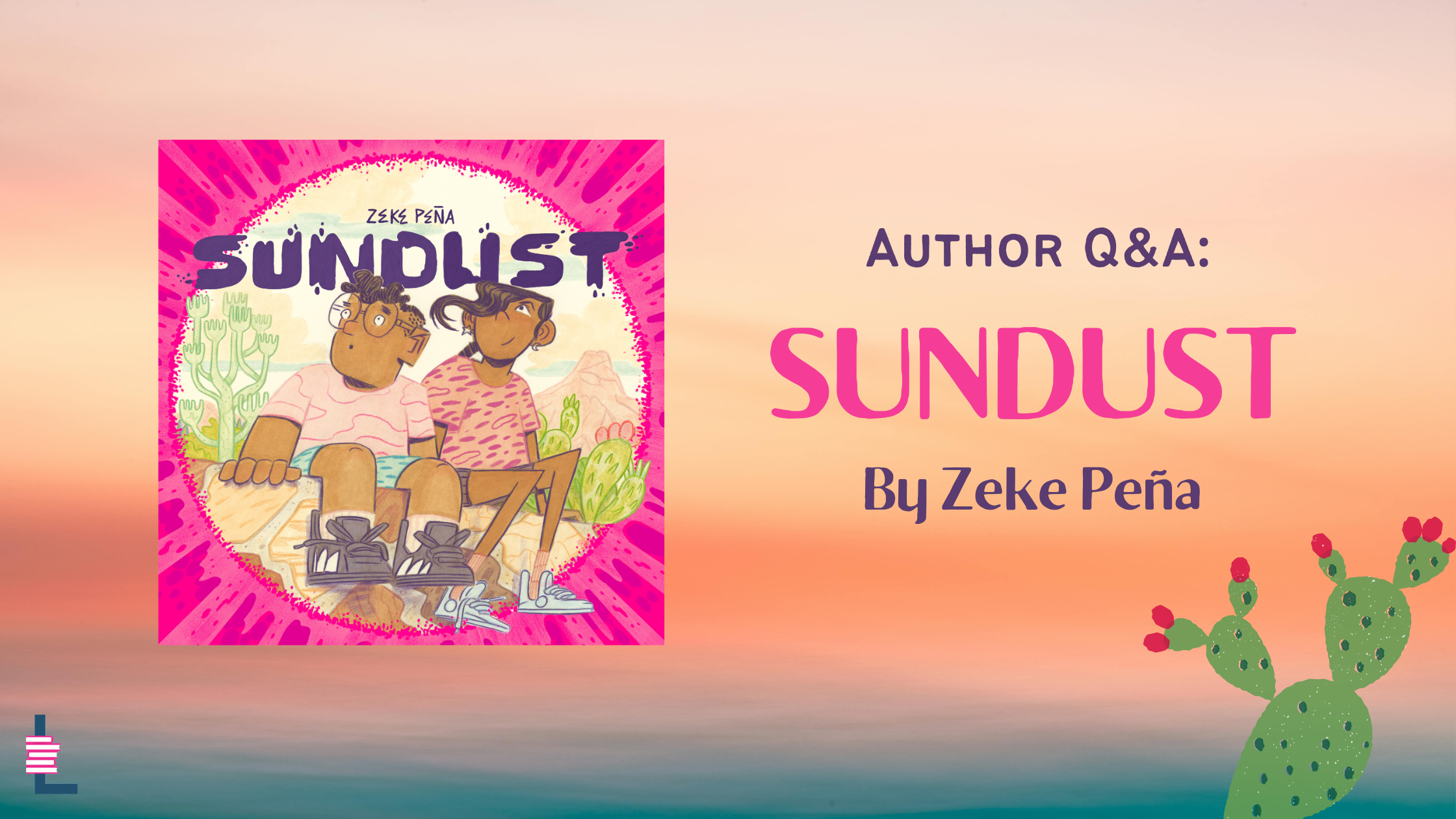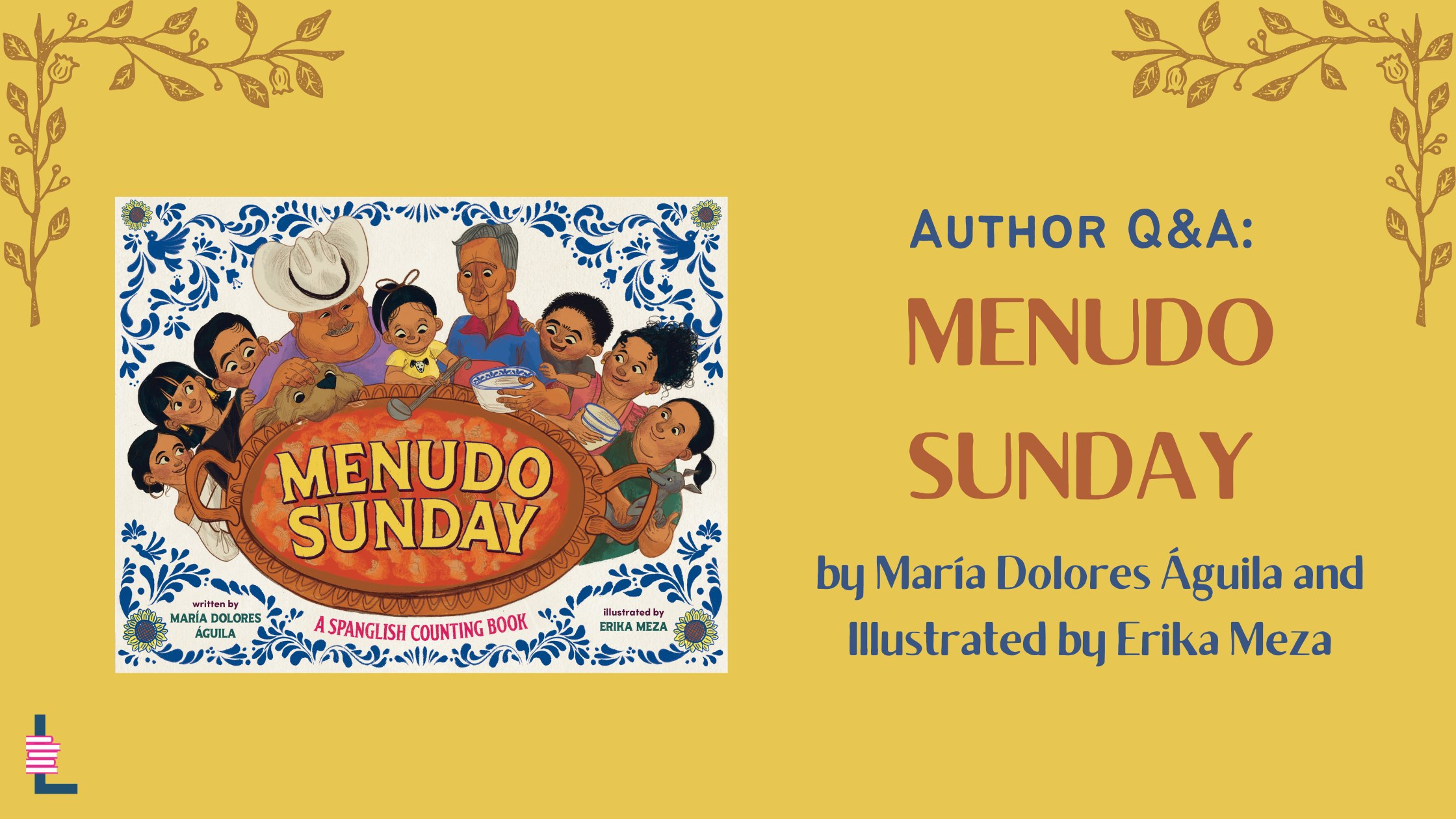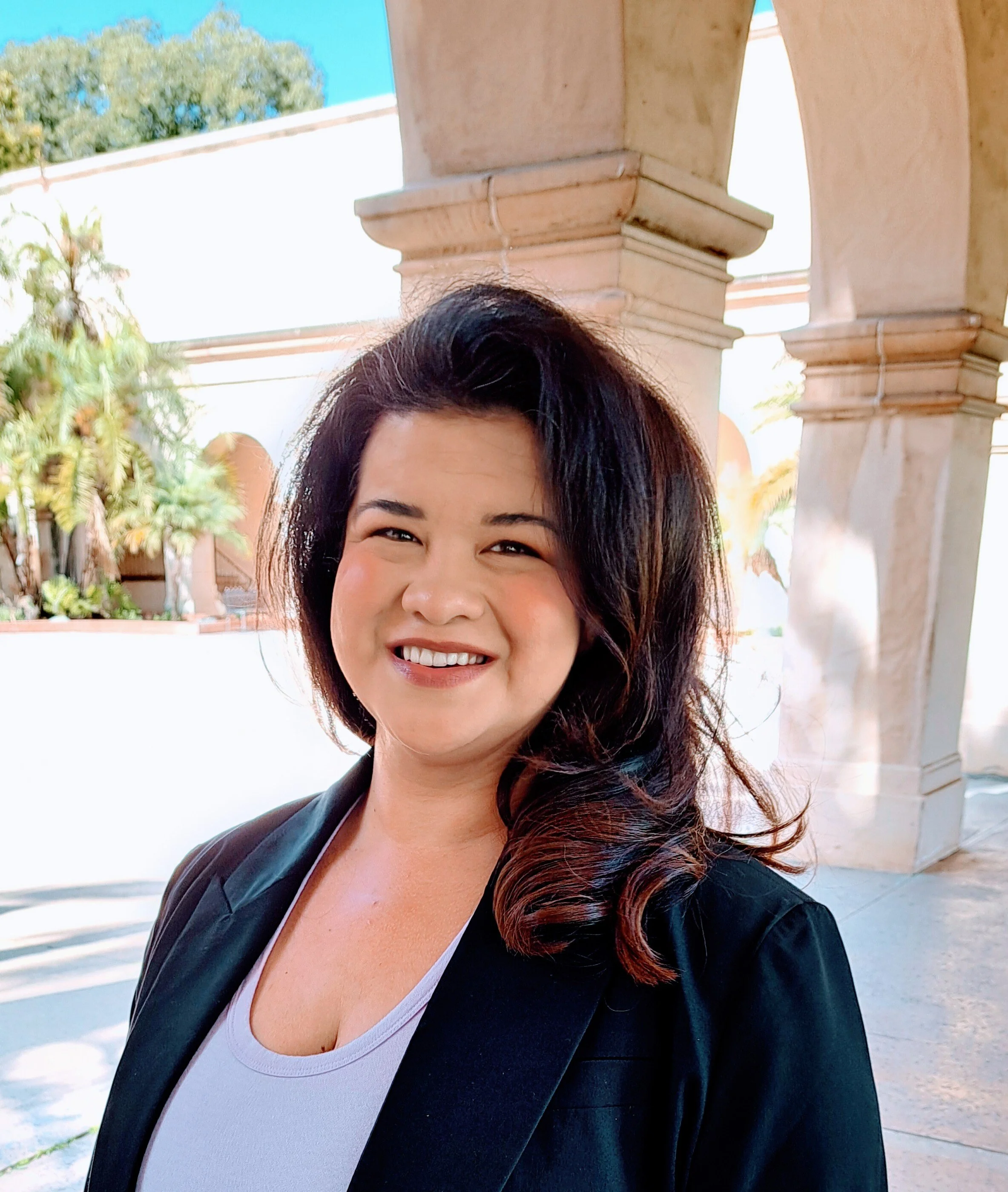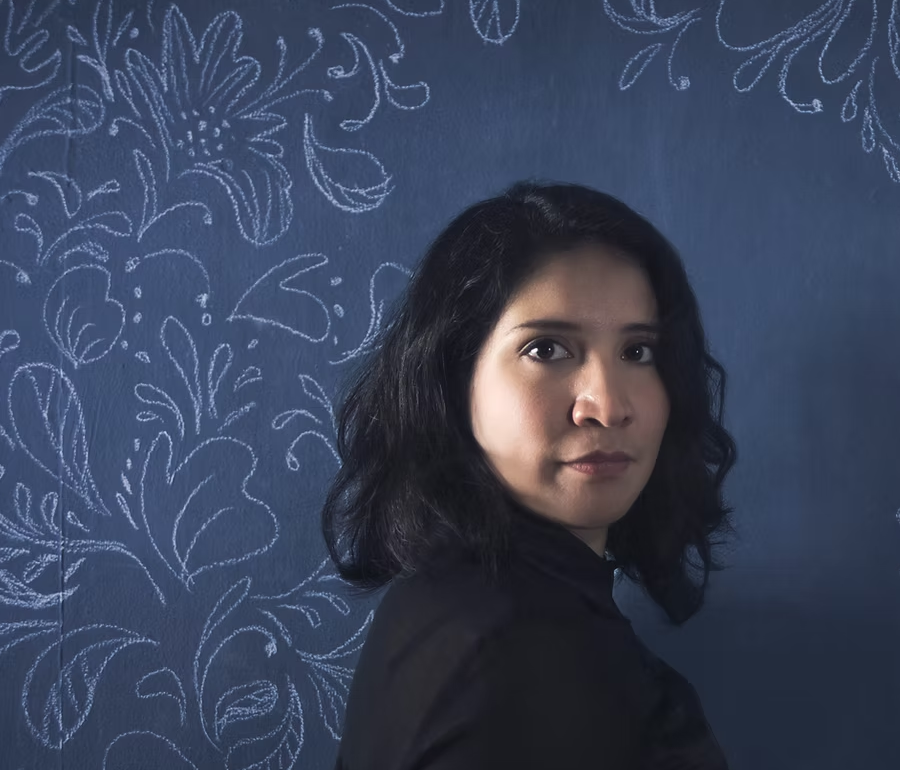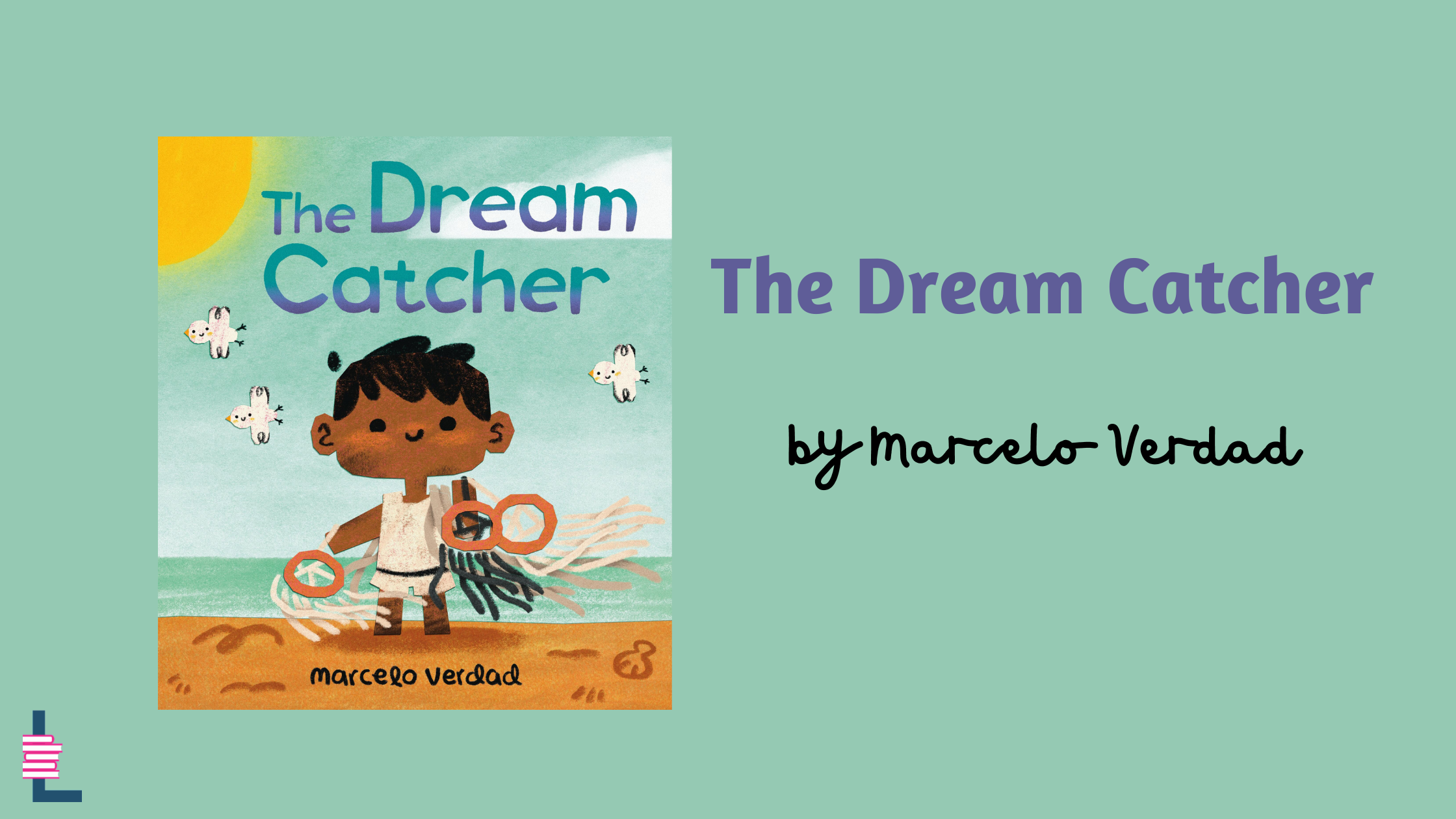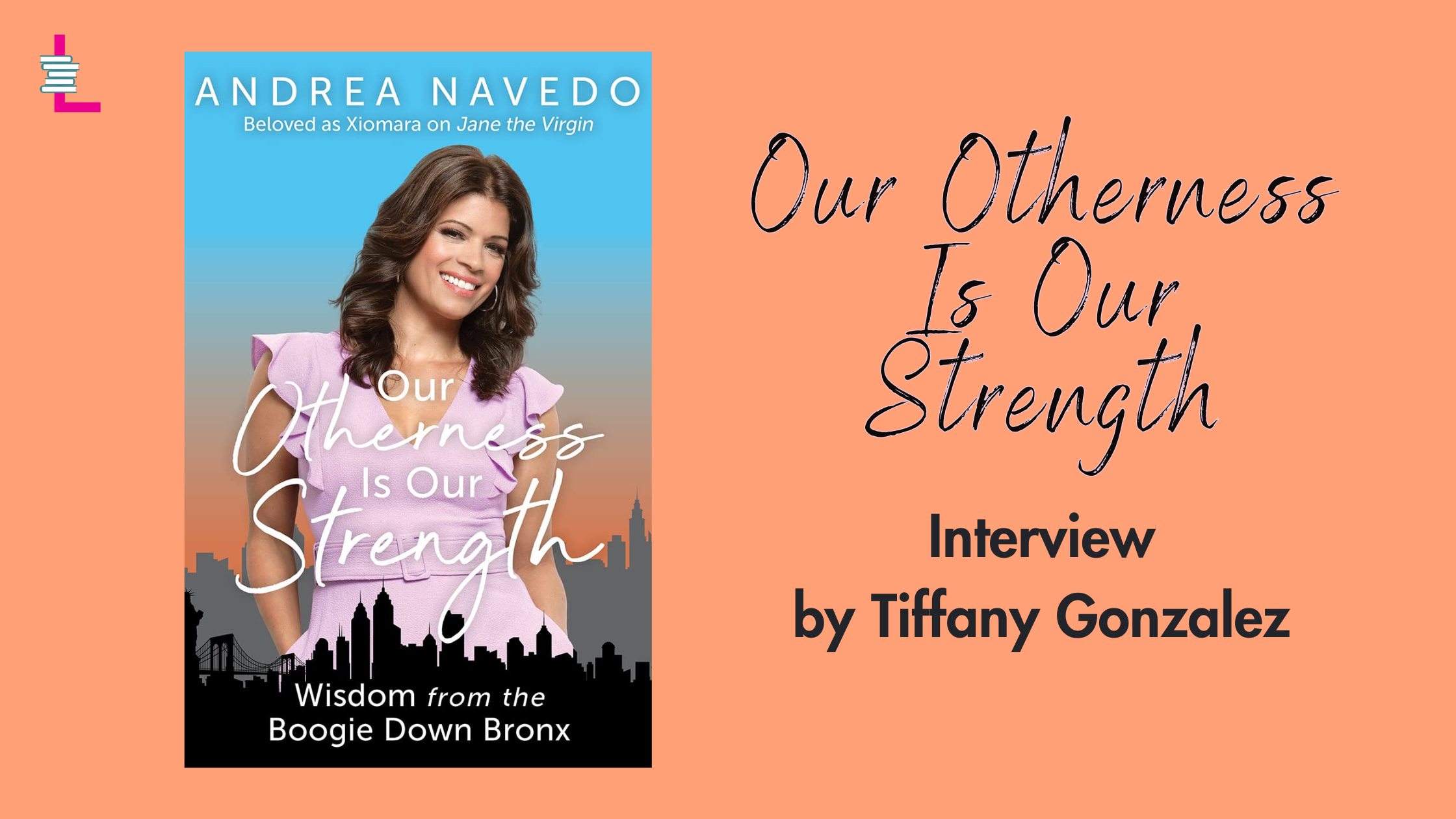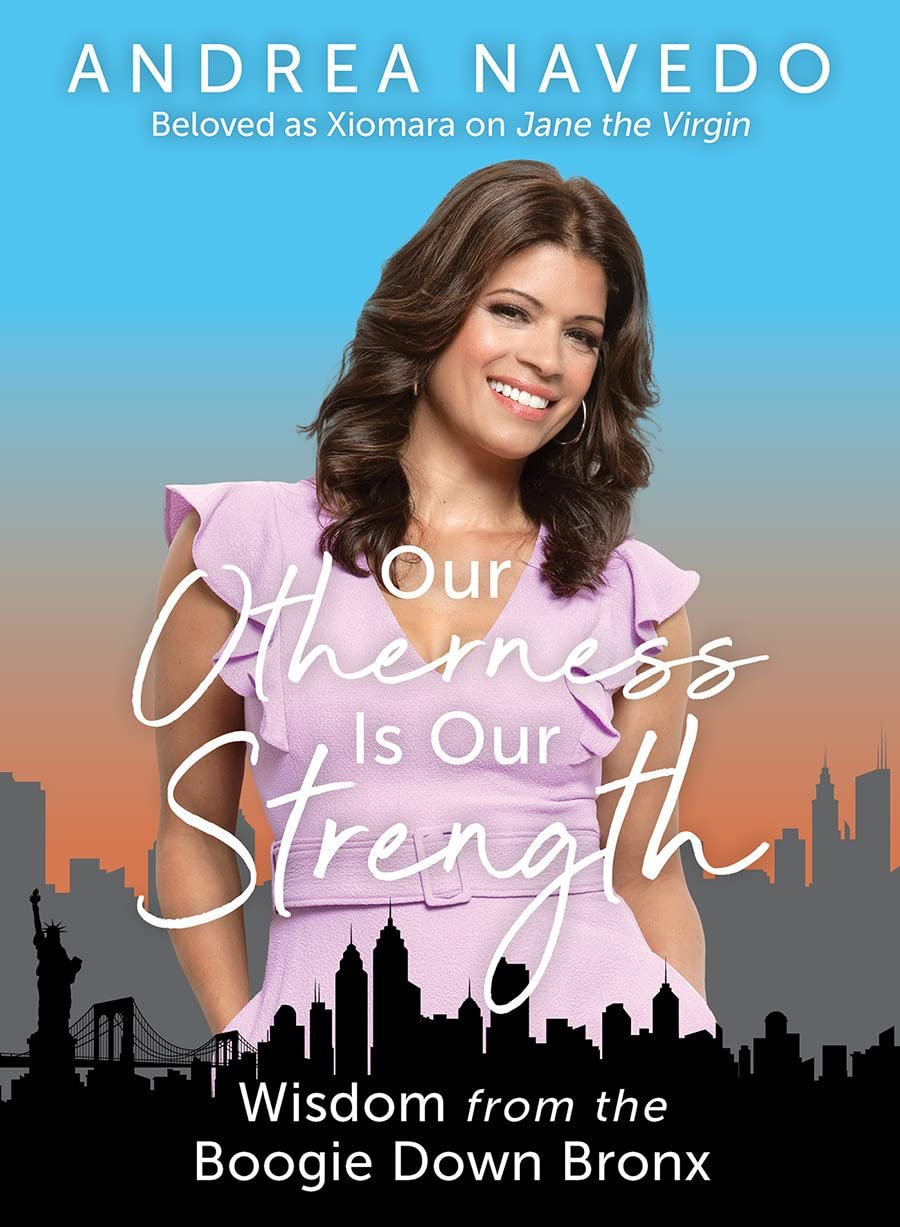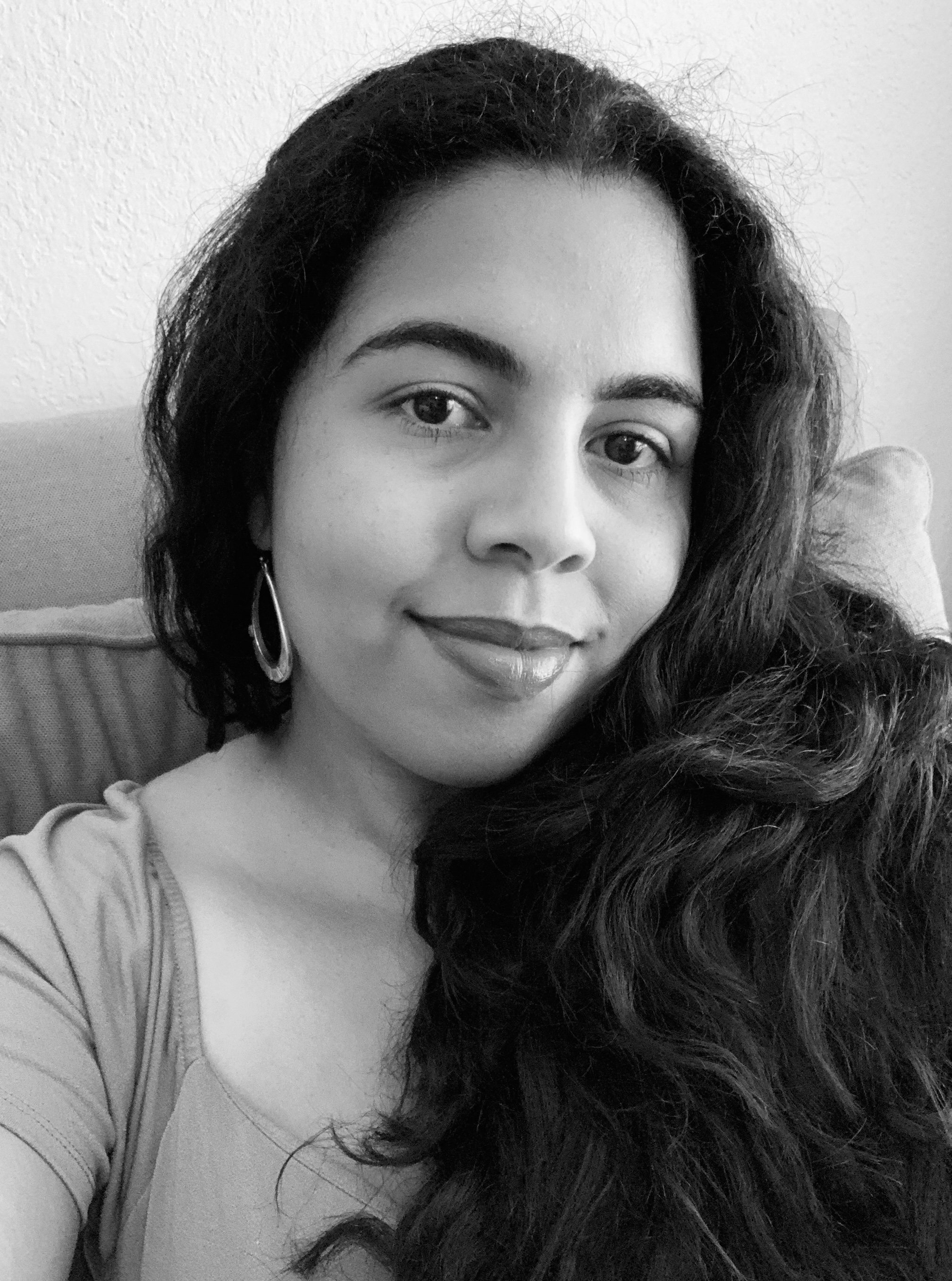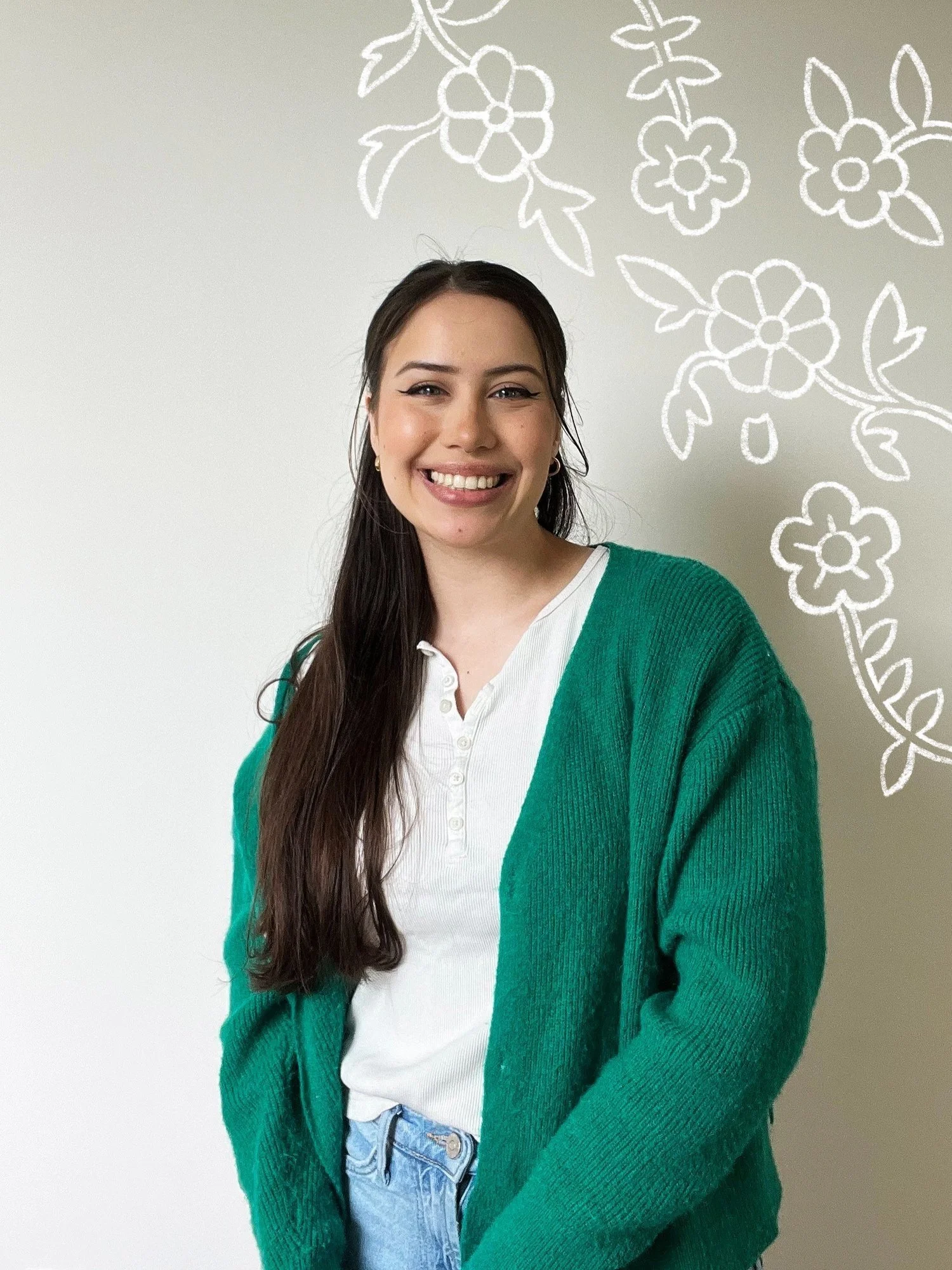Jarod Roselló’s adventure-filled graphic novel series Super Magic Boy centers two main characters. An energetic boy named Hugo, and his loyal best friend, Dino. Yes, a dinosaur named Dino.
In I Am a Dinosaur — the first installment of the series for early readers — Hugo transforms into a dinosaur and wreaks havoc with Dino until it’s time to clean up their mess. In I Am a Space Tiger, the boy with a dark mop of hair crashes onto a strange new planet with Dino, in part to find the best birthday present for his mami. And in the latest installment, Hugo embarks on yet another adventure. This time, though, it’s to save his local library which has fallen under attack by an alien slime monster. Super Magic Boy: I Am a Slime Monster was just released from Random House Graphic.
In each Super Magic Boy book, this zany and adorable duo bring readers high energy, fun, and humor. Roselló told Latinx in Publishing that the idea behind the series actually began with his youngest son. “He was a very active, rambunctious kid,” the Cuban American author-illustrator recalled. “And he used to play this game where he would transform into things.” That game became a spark in Roselló’s mind. The cartoonist then began sketching a boy with a dinosaur puppet on his hand. Another version had the boy playing with a dinosaur. Yet another had the same character transforming into a dinosaur.
“I just started iterating off those ideas and landed on this idea — kind of a Calvin and Hobbeesque storyline about this boy and his stuffed dinosaur,” Roselló said. “And so I pitched it as: ‘Boy transforms into a dinosaur to play with his best friend dinosaur, and they go on rampaging adventures.’”
“For me, this (series) was a way to build a throwback to, ‘Hey, what about having fun?’ There’s still important, meaningful stuff taking place, but enjoying reading again, having fun, laughing with characters again.”
With Hugo’s transformations and the creatures he and Dino meet along the way, Super Magic Boy feels a bit fantastical. In the first installment, Hugo is at home minding his business when he comes across a blue stuffed dinosaur. He picks up the stuffed animal and gives it a tight hug. All of a sudden, the dinosaur appears to come alive and speaks.
“You are a dinosaur!” Hugo cries.
“I am a dinosaur!” Dino replies. “And I can talk!”
From that point on, Dino speaks to and interacts with Hugo. In that way, the series feels a bit fantastical. Dino feels very much alive. Or not?
“This has come up a couple of times,” Roselló admits. “Kids are like, Is it imagination? Is it real? And I feel like when you’re a young kid, there’s no difference between those two things. When you’re playing, it feels real. You’re acting it out. So I kind of was like, ‘Let me just blur the line and not really explain it, and it’ll be fine.’”
In choosing a dinosaur for Hugo to be paired with, Roselló said he wanted to explore the idea that young boys are often thought of as monstrous and destructive. For Hugo, the transformation into a dinosaur is a way for him to embody his dinosaur-like self.
“That whole first book is really about how he’s more than one thing: he is a sweet kid who cares about his family, and he’s a dinosaur who rampages and destroys his own home,” Roselló spoke in reference to I Am a Dinosaur. “It’s not about suppressing his dinosaur self, but embracing the fact that he is both of those things at the same time. It was a little bit my attempt to think about: How do I materialize a metaphor for boyhood a little bit?”
One thing I loved about Super Magic Boy are the conversations between Hugo and Dino. Hugo is always asking Dino if he knows what certain words or concepts mean, like “rampage” and “mystery.” The answers are often funny. For example, in I Am a Space Tiger, Hugo defines the word “birthday” to Dino. “It means everyone you love gives you presents because you are still alive!” Hugo explains.
These nuanced explanations from the young boy were inspired by Roselló’s day job as a professor at the University of South Florida, as well as his role as a literacies researcher who has worked with children from 3 years old all the way through high school.
“I spend a lot of time with young kids, telling stories and drawing. Kids have a conceptual sense of what words are, and they understand them in a particular context,” he said. “My idea for those definitions was (that) Hugo would define them not like a dictionary, but in the context that made sense for his life. This is just how he understood what these words mean. So ‘transform’ means ‘you turn into a dinosaur,’ because that’s what he’s doing when he transforms in that book. That’s not what ‘transform’ always means, but in this context. That’s how I think kids come to learn word knowledge early on, is understanding it within a particular context as they perform it.”
In I Am a Slime Monster, Hugo heads to his library, eager to read the third book in a series he loves. But when he arrives, he finds his library soaked in green slime. A slime monster from outer space has taken over.
“Books help human brains grow!” the monster yells when confronted. “Without big brains, humans will be easy to conquer!”
Roselló lives in Florida, which was recently named No. 1 for book removals and restrictions in public schools for the third year in a row according to a report by PEN America. The author-illustrator said conversations about access to books for children had begun to take shape by the time he started writing I Am a Slime Monster. “I’m sure some of that just sort of seeped in, this idea that in order to take over humans and to make their brains smaller, he would destroy all the books to keep them from it. So it’s a little bit of a love letter to books.”
There’s an endearing sincerity that runs through Super Magic Boy. At its core, it’s about friendship, childhood adventures, and the beauty of one’s imagination. Roselló said he hopes the series shows children that reading can be fun, too. The publishing industry has seen a lot of adults’ hands in children’s books lately, he said, which make for beautiful books for grownups to read. But they’re maybe not as fun for kids to read.
“For me, this (series) was a way to build a throwback to, Hey, what about having fun?” he said. “There’s still important, meaningful stuff taking place, but enjoying reading again, having fun, laughing with characters again.”
Jarod Roselló is a Cuban American writer, cartoonist, and teacher. He is the author of the middle-grade graphic novel Red Panda & Moon Bear, a Chicago Public Library and New York Public Library best book for young readers and a Nerdy Award winner for graphic novels. Jarod holds an MFA in Creative Writing and a PhD in Curriculum & Instruction, both from the Pennsylvania State University. Originally from Miami, he now lives in Tampa, Florida, with his wife, kids, and dogs, and teaches in the creative writing program at the University of South Florida.
Amaris Castillo is an award-winning journalist and writer. Her debut book, Bodega Stories, will be published in September 2026 from the University Press of Florida.

